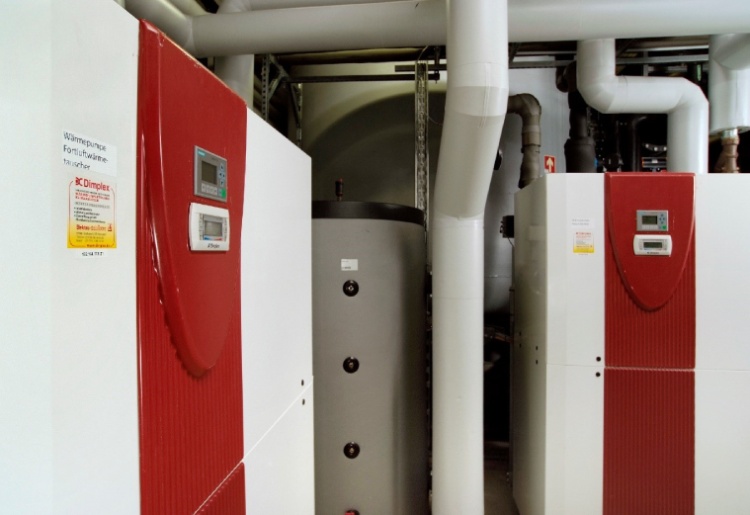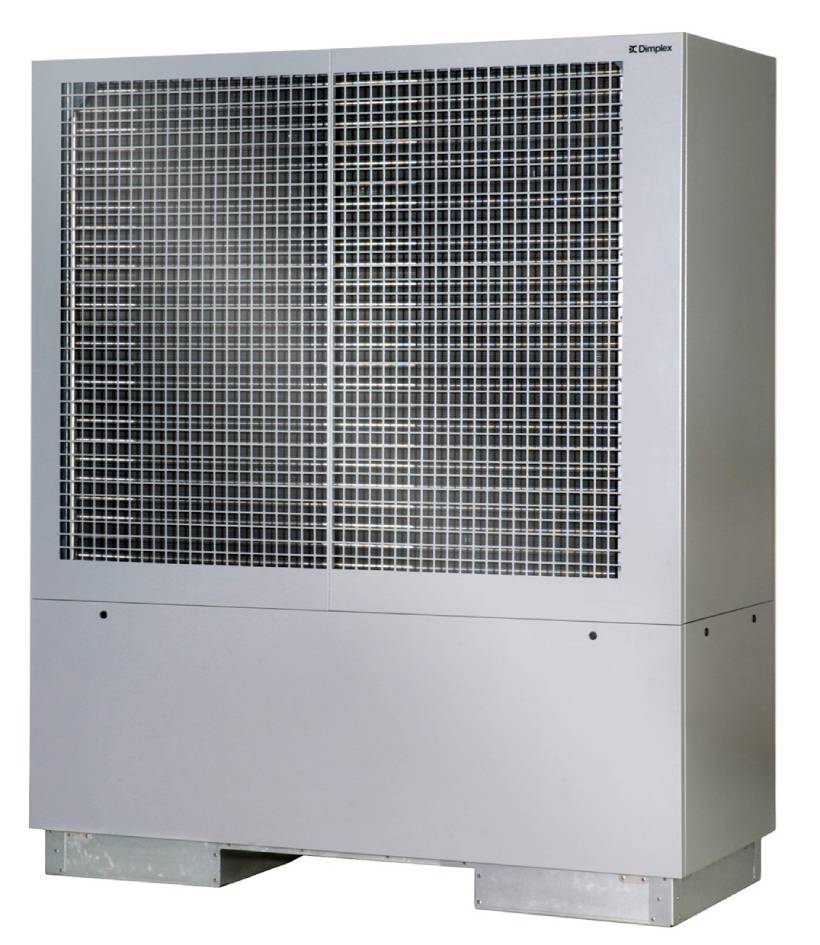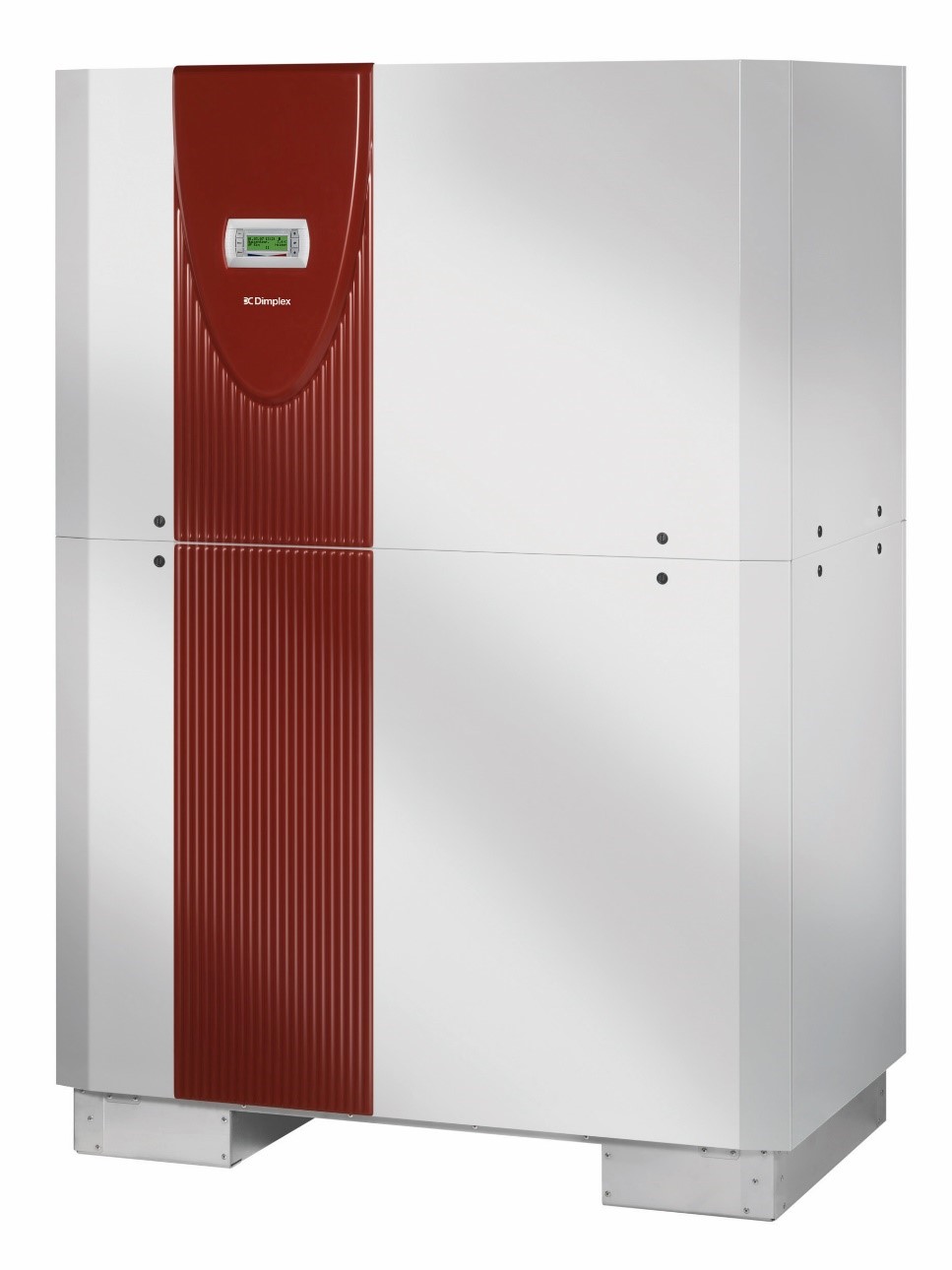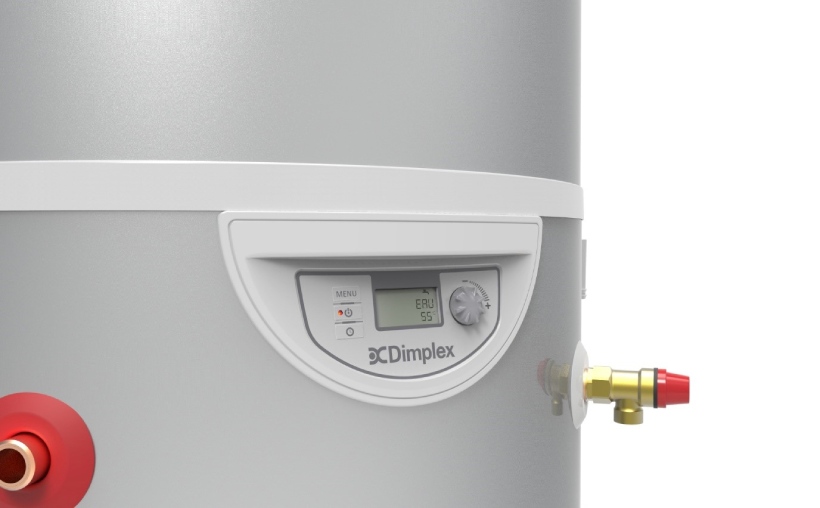The different types of heat pumps and their uses
Contents |
Introduction
There are three types of heat pumps available for the built environment. They are classified by where they source their primary energy: air, ground or water. Each has its benefits, depending on the application and specific design conditions.
As environmental targets get stricter, demand for heat pumps is growing. They provide improved performance due to their high efficiencies and onsite energy generation. Heat pumps have the potential to offer a more efficient and cost-effective solution for both new and existing developments; using renewable energy from natural sources to provide heating and hot water.
They can also often be reversed to provide cooling, which has been growing in demand when designing HVAC systems for all building types due to high overheating risks.
How do heat pumps work?
All heat pumps extract heat from natural sources and transfer it to a refrigerant, which is a fluid with a very low evaporation temperature. Once the refrigerant is heated, it is turned into a gas, which is compressed to further increase its temperature.
The compressed gas is then used to heat water for domestic and commercial use. Finally, an expansion valve reverts the gas back into a liquid and the cycle starts again.
Air source heat pumps
Air source heat pumps (ASHPs) absorb heat from the ambient air as their primary energy source. They are able to remain operational in temperatures as low as -20°C, although they are most efficient with warmer external temperatures.
ASHPs are often easier to install than ground or water source alternatives as they only require connection to the main water supply, an electrical connection and, in some instances, a refrigerant connection. This type of heat pump is ideal where space is limited as there is generally no need to bury pipes or be close to other energy sources such as boreholes, canals or large bodies of water. ASHPs can be used in residential and commercial applications of all sizes including high rise buildings where the units can be installed on the roof or at ground level.
In some ASHP applications (such as external units located in the grounds of a building 30m away) burying of pipework is required. All, however, need to be installed where there is plenty of ambient air and ease of access.
Ground source heat pumps
Ground source heat pumps (GSHPs) use a series of ground loops to absorb heat energy from the ground. These loops can either be installed in horizontal trenches around one meter in depth, or vertically in a borehole. Boreholes offer a little less disruption to the surrounding landscape but may require a little more capital upfront for the installation.
GSHPs can be better suited for new build developments where the need for external space (to install the ground loop) and the internal space (for the buffer tank and water cylinder) can be factored in at the early design stages. They can also be installed in existing buildings where the space and geographical needs are met and disruption is not an issue.
Due to the nature of ground source heat pump installations, groundworks and existing infrastructure need early consideration for this type of heat pump, which can be more costly to install depending on the building location.
Ground source heat pumps are used across commercial and residential developments and often offer the best all year-round efficiencies due to the potentially higher and consistent temperature of the ground they draw energy from.
Water source heat pumps
Water source heat pumps (WSHPs) are able to draw their heat energy from a water source in two different ways - through an open loop system or closed loop system.
Open loop heat pump (using water as your primary energy source)
An open loop system draws in water from a water source (such as a borehole, river or a lake) into the heat pump absorbing its energy as it passes through the system.
Due to these requirements, a water source heat pump, as the name indicates, is best suited for developments that can be located close to water. An open loop system may also require additional approval or consent from the Environmental Agency to extract and discharge the water from the source.
Closed loop heat pumps (using a water-to-water heat pump as part of a heating system)
Beyond using water as the primary energy source from which heat is drawn, heat pumps can also be used in a closed water-to-water ambient loop which is kept within operating parameters by a primary plant technology (such as an air source heat pump or a gas boiler).
Reverse cycle heat pumps
Reverse cycle heat pumps can transfer rejected energy from one area to another within a space or a building where there is a requirement. Where there is not a demand for this energy, it is rejected from this internal loop into the external surroundings or stored within buffer vessels to be drawn upon when needed. These are growing in popularity within communal residential schemes, especially in city developments which can benefit from a low temperature network.
Hot water heat pumps
Heat pump technology is no longer just large plant equipment. Innovations in HVAC solutions mean that the benefits of heat pump technology (such as high efficiencies and low energy use) can now also be gained through smaller solutions, installed internally, such as hot water heat pumps.
Hot water heat pumps (HWHPs) are a low carbon technology for heating hot water and are designed to be installed within the dwelling itself. They consist of a ducted system to supply external air to an air source heat pump mounted on top of a water cylinder. The heat pump collects energy from the ambient air and converts this into heat, which is then transferred to the water within the cylinder, creating hot water to be used in the building. The remaining cold air is then discharged outside.
HWHPs are often used as part of a hybrid heat pump system; they are predominantly used in new build residential applications to provide hot water alongside a separate electric or gas heating system. This makes HWHPs a highly flexible system with cost and installation benefits when compared to their larger heating and hot water alternative.
For more information on the range of heat pumps GDHV offer, or to discuss your project in detail, contact our team of experts who will be able to support you on deciding the best way to apply heat pumps to your project. GDHV also offer a range of CIBSE accredited CPD seminars which you can book through our helpful customer service team.
--Glen Dimplex Heating & Ventilation 13:05, 31 Mar 2021 (BST)
Related articles on Designing Buildings
Featured articles and news
Professional practical experience for Architects in training
The long process to transform the nature of education and professional practical experience in the Architecture profession following recent reports.
A people-first approach to retrofit
Moving away from the destructive paradigm of fabric-first.
International Electrician Day, 10 June 2025
Celebrating the role of electrical engineers from André-Marie Amperè, today and for the future.
New guide for clients launched at Houses of Parliament
'There has never been a more important time for clients to step up and ...ask the right questions'
The impact of recycled slate tiles
Innovation across the decades.
EPC changes for existing buildings
Changes and their context as the new RdSAP methodology comes into use from 15 June.
Skills England publishes Sector skills needs assessments
Priority areas relating to the built environment highlighted and described in brief.
BSRIA HVAC Market Watch - May 2025 Edition
Heat Pump Market Outlook: Policy, Performance & Refrigerant Trends for 2025–2028.
Committing to EDI in construction with CIOB
Built Environment professional bodies deepen commitment to EDI with two new signatories: CIAT and CICES.
Government Grenfell progress report at a glance
Line by line recomendation overview, with links to more details.
An engaging and lively review of his professional life.
Sustainable heating for listed buildings
A problem that needs to be approached intelligently.
50th Golden anniversary ECA Edmundson apprentice award
Deadline for entries has been extended to Friday 27 June, so don't miss out!
CIAT at the London Festival of Architecture
Designing for Everyone: Breaking Barriers in Inclusive Architecture.
Mixed reactions to apprenticeship and skills reform 2025
A 'welcome shift' for some and a 'backwards step' for others.

























